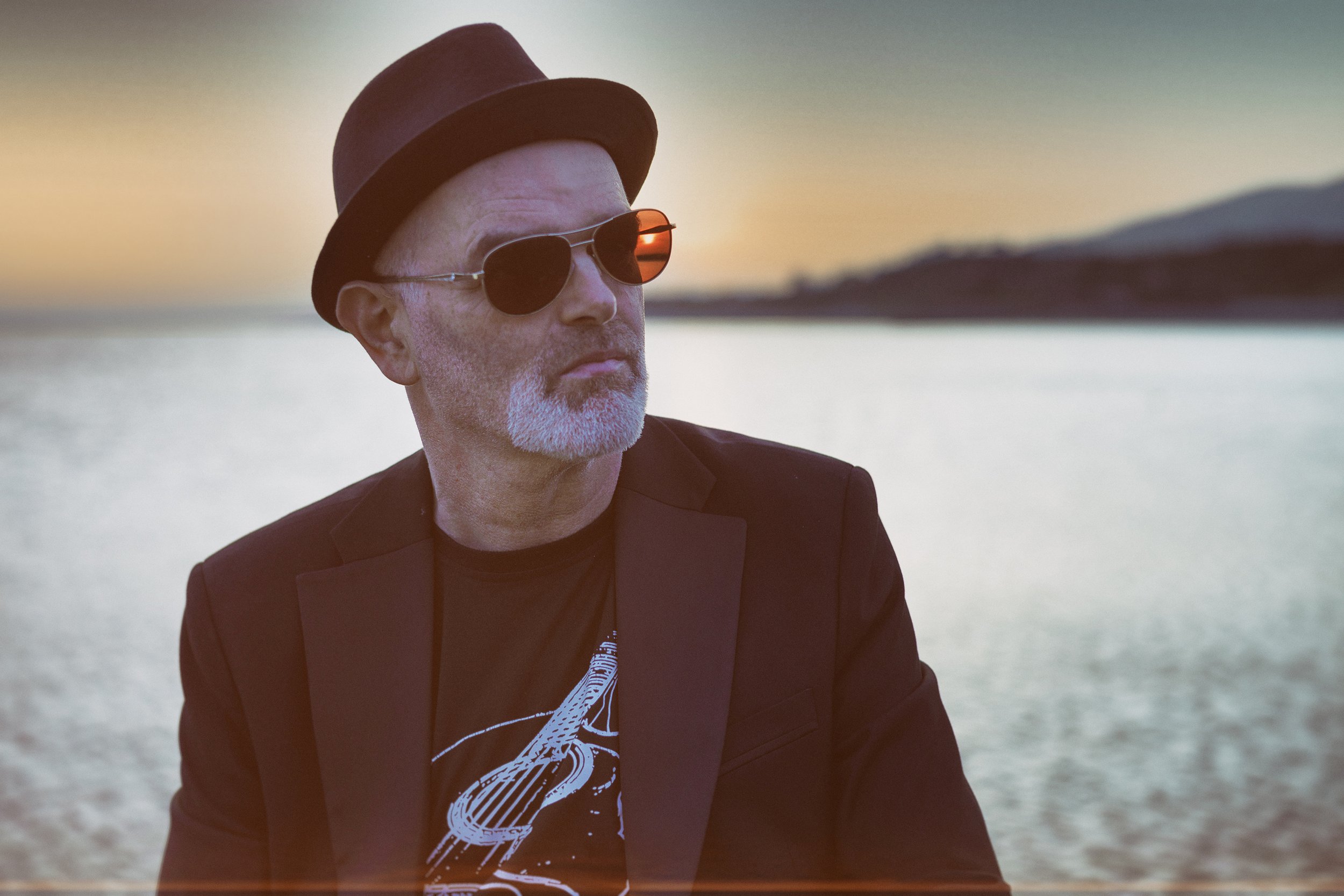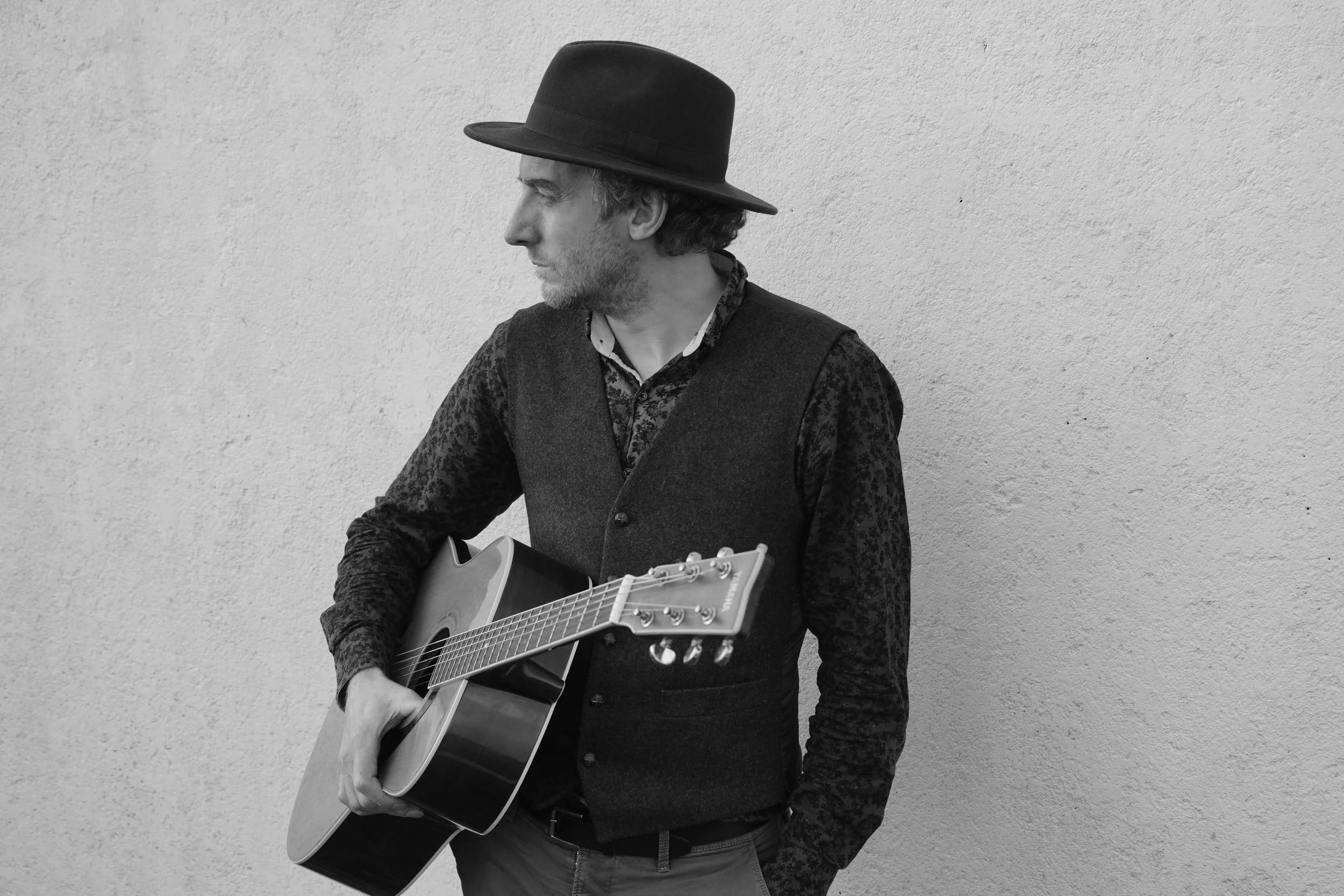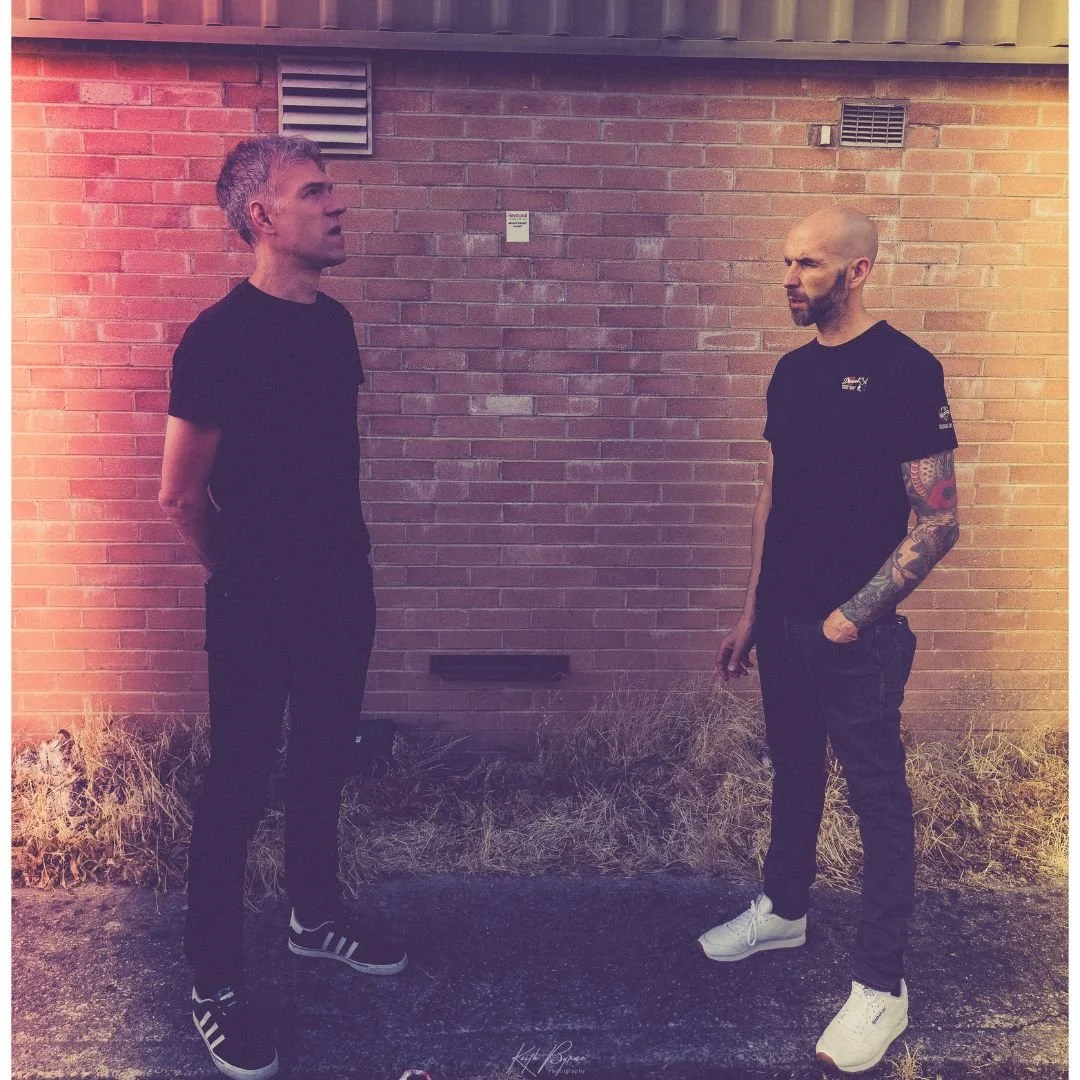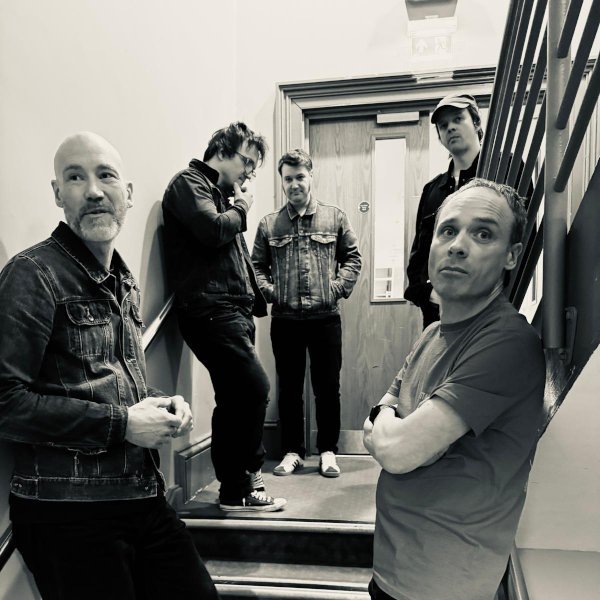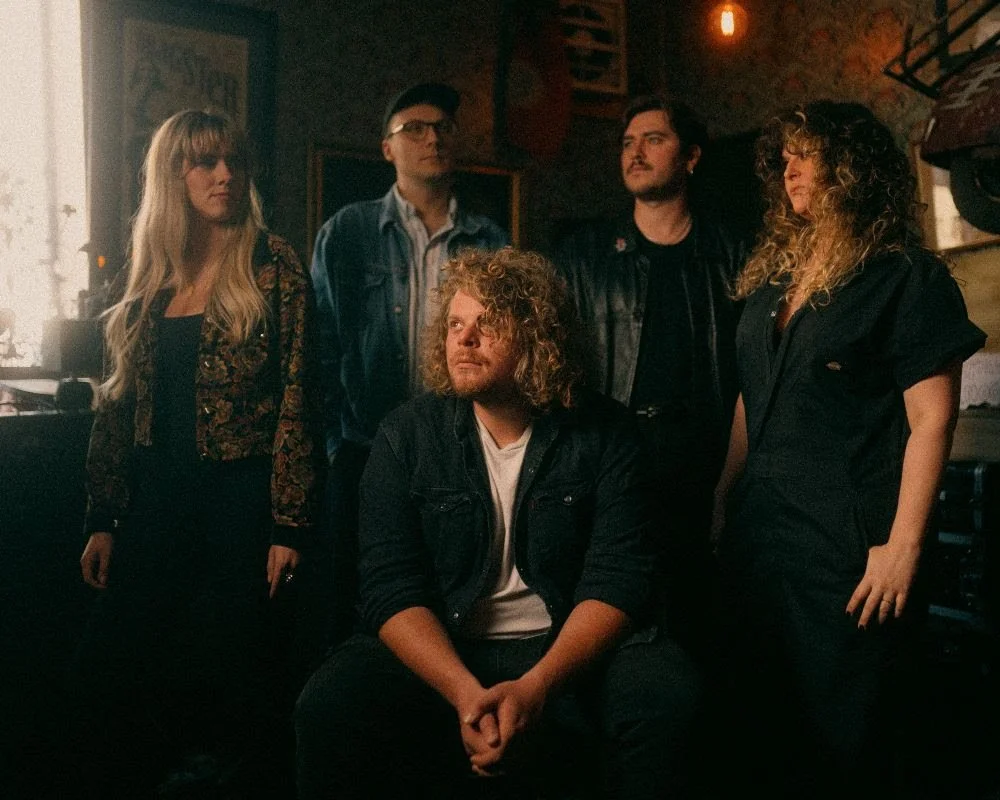1969: The year of Creedence Clearwater Revival
1969 was a significant year for world history: the moon landing, the Vietnam war, the Troubles.
It was also an eventful year in music history, seeing the launch of the first Woodstock festival, the release of albums “Abbey Road” and Led Zeppelin I” and the death of Brian Jones. But amongst new beginnings and shock endings, one band was in the middle of a huge year of output for their music.
Officially presented as Creedence Clearwater Revival in 1968, the band had previously performed under the names, “The Blue Velvets” and “The Golliwogs”, until record label executive Saul Zaentz presented the opportunity to record a new album, subsequently prompting a re-brand. This change would mark the beginning of peak years of success for the four-piece, until their demise only four short years later.
1969 saw the release of three albums from the California band - all of which include some of their most successful hits.The first album of the year, which was released in January, was their sophomore album, “Bayou Country”. Recorded at RCA studios in Los Angeles, the LP was written and produced by John Fogerty, who was particularly interested in the nature and music of the Southern states. Speaking about first track, “Born on the Bayou”, Fogerty explained:
“I put it in the swamp where, of course, I had never lived. It was late as I was writing. I was trying to be a pure writer, no guitar in hand, visualizing and looking at the bare walls of my apartment. Tiny apartments have wonderful bare walls, especially when you can't afford to put anything on them.
"Chasing down a hoodoo." Hoodoo is a magical, mystical, spiritual, non-defined apparition, like a ghost or a shadow, not necessarily evil, but certainly other-worldly. I was getting some of that imagery from Howlin' Wolf and Muddy Waters”. [1]
Released as a B-Side, the song was also a favourite of drummer Doug Clifford, who preferred it over the latter, immensely successful A-Side, “Proud Mary”:
“I liked 'Born on the Bayou' — to this day, it’s still my favorite Creedence song. It’s nasty, and I was disappointed when [the single] got flipped” [2]
Reaching no.7 on Billboard’s Album Chart, “Bayou Country” also featured a cover of Little Richards’ 1958 hit, “Good Golly Miss Molly”, and Fogerty’s song, “Keep On Chooglin’”, which he is now noted to perform as part of his live sets as a solo-artist.
As “Proud Mary” is considered to be one of the band’s best works and an influential twentieth century release, “Bayou Country”, truly was the start of bigger things for the swamp-rock band.
In April, the band released what would be their only UK no.1 single, “Bad Moon Rising”. The single would be included in the August-released album, “Green River”, where the title track would also peak at a top five position on the Billboard chart. The album featured another cover of a 50s release - this time a rendition of Nappy Brown’s 1957 single, “Night Time Is The Right Time”, along with other originals “Lodi”, “Tombstone Shadow” and “Sinister Purpose”.
Said to be John Fogerty’s favourite album under CCR [3], “Green River” was an important release for the band professionally and personally:
“Musically, Green River was everything that I was about. I really enjoyed making it. I was really focused with the arrangements, the rehearsals, the necessities for each song”
Only three months after “Green River”, Creedence Clearwater Revival delivered their fourth studio album, “Willy and the Poor Boys”. Released by Fantasy Records, the LP included major hits “Down on the Corner” and “Fortunate Son”, which was released one month after the death of Ho Chi Minh during the Vietnam War.
Reaching no.1 in France, the album was well received, and considered by journalists to potentially be the band’s best record. However, as 1969 drew to a close, tensions within the group were brewing, with Doug Clifford later admitting to Jeb Wright that the release of three albums in one year amongst touring commitments, was overkill:
"Fogerty told us that if we were ever off the charts, then we would be forgotten... To make it worse, it might sound funny, but we had double-sided hits, and that was kind of a curse, as we were burning through material twice as fast. If we'd spread it out, we would not have had to put out three albums in one year” [4]
Despite band difficulties amidst the success of 1969, CCRs winning streak did continue into 1970 album, “Cosmo’s Factory”, which includes fan-favourites “Lookin’ out my back door”, “Run through the jungle”, “Up around the bend” and “Who’ll stop the rain”, plus covers of “I heard it through the grapevine” and “Before you accuse me”.
It was 1971 that marked the beginning of the end for Creedence Clearwater Revival, with the members struggling to arrange how to manage and credit input into future discography. Final album, “Mardi Gras”, released in April 1972, was the final offer from a band strained to its limit. Six months later, CCR were officially no more.
Despite the bitter, disappointing end, 1969 was the year for Creedence Clearwater Revival, and the quality of releases coming from their work rate, is a feat unmatched by other iconic names in rock and blues.
Cobra Promotions is proudly affiliated with DROP ROCKET



